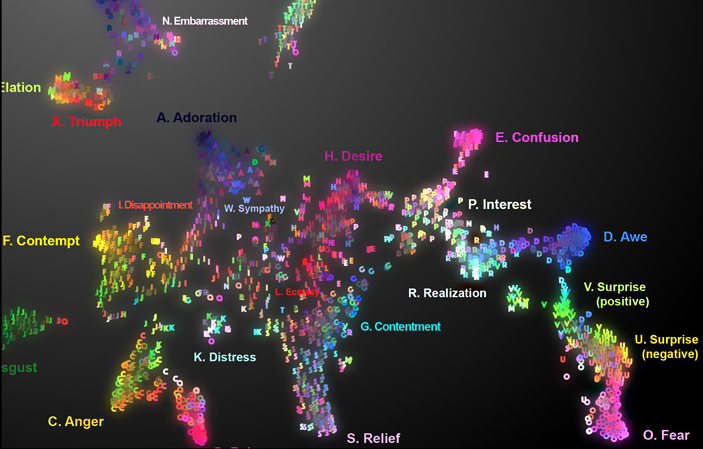Characters
Moving past the bare bones of a story, it is a necessity to have intriguing characters to flesh it all out. Perhaps the most incredible thing about a “character” is that they do not exist in our reality, yet as an audience we grow emotionally towards them, cry over them, feel sympathy for them, desperately want to be friends with them. Howard Sklar at the University of Helsinki studied this phenomenon and titled it “the real-fictional dichotomy”, whereby definition characters are “unreal” and human beings are “real”. He points out that rather than focusing on what a “character” is by definition, it is the process by which a reader gets to understand the character that we start to feel compassion, interest, whatever emotion it may be, toward a character.
“[T]he fragmentary nature provided in fiction tends to confuse the discussion of the relationship between fiction and reality.”
By this, Howard means our daily interactions with people are similar to that of our understanding of characters in a story—it is mostly filled with missing information, and as a result we try and fit the puzzle pieces from context clues. Such hints include what we already know about a person and what information we can gather now based off of location, speech patterns, the things on their person, etc. Additionally, authors use first impressions to guide the reader’s feelings towards their characters and give the audience a reason to sympathize with them. We naturally apply our own experiences with people of a similar character we have interacted with to fill in the missing pieces, which give a familiarity of reality to the author’s characters.
Emotion
But what about listening to a character rather than reading their dialog? How does that impact the audience's understanding of a story?
To begin, hearing sentence out loud can directly change the meaning of said sentence and the situations that arise further on in the story. Read aloud in your mind (or out loud if you'd like) this sentence: I know what you did.
Now read it as if the character saying it is an older sister gently scolding her younger brother: I know what you did.
Now read it as if the character saying it whispered the words in a hug: I know what you did.
 |
Even though it's the same sentence, there's a different emotion behind it because of the chage of context, and in turn the mood changes. Alan Cowen, a Ph.D student majoring in psychology, had identified the human voice has a range of at least 24 conveyable emotions. When we as the audience can see and hear the character interact with one another, we can hear the implied emotions clearly. |
A really good book makes it easier for its overall audience to understand those emotions. For example, in the Great Gatsby, Nick describes Daisy to have a voice that “sings”. From that establishment it’s very easy to minimally describe how she’s feeling through her voice with words like “sighs” or sentence breaks that immediately break the cycle of her “singing” voice.
